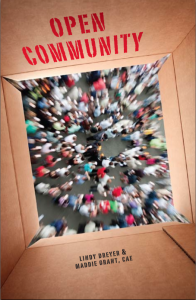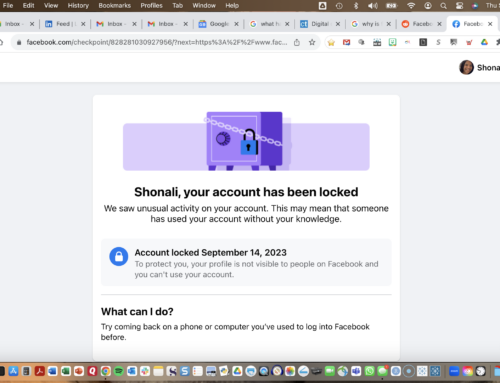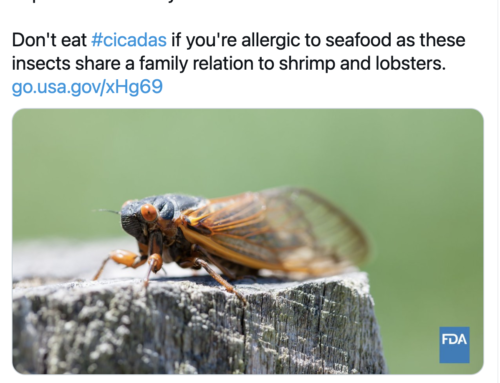When Maddie Grant and Lindy Dreyer asked me to participate in a virtual book tour to explore concepts from Open Community (they call it “a little book of big ideas for associations navigating the social web”), I was thrilled.
Because if there’s one thing I believe takes public relations from good to great, it’s when your audiences start becoming your community through the relationships you develop with them.
But I was curious to see how Maddie and Lindy perceived not just Open Community, but its juxtaposition with public relations.
Here’s a Q&A.
Why did you write Open Community?
Maddie: Lindy and I have talked to thousands of association executives who have voiced their frustrations about the social web.
They’re overwhelmed by the overabundance of tools and the disorderly experimentation of staff (and members), and they are tired of the lack of organizational support and the unwieldy processes for monitoring and managing social media. And that’s just the beginning.
We decided to write Open Community as a way to address those frustrations and redirect the thinking about using social tools to build community online.
So, what is “Open Community”?
Lindy: Your Open Community is your people who are bonded by what your organization represents and care enough to talk to each other (hopefully about you!) online.
Connecting with and supporting your Open Community is really important, because if you don’t, someone else will.
Why is Open Community important for public relations?
Maddie: I think PR professionals are pretty savvy to the usefulness of tools like Facebook, Twitter, and LinkedIn to raise awareness when the conditions are right. And the smartest PR agencies get that you have to have a relationship with your community if your PR or marketing messages have any chance of getting anywhere.
When I was at Blogworld this year, listening to Todd Defren and Dave Fleet talk about how social media for PR has to be about building engagement year-round with people, around your brand or organization.
I got up and asked them, “if that’s the case, why do we need PR agencies?”
I was being tongue-in-cheek, of course, and they had some good answers (about how agencies can help you scale, and can help you in times when crisis communications are necessary).
But the bottom line is, it’s VERY important for anyone in PR, whether internally or externally, to understand the messy dynamics of the Open Community around organizations.
Lindy: Exactly. Moving forward, the concept of Open Community challenges PR pros to work more collaboratively across the organization and empower more people to share more valuable information more often.
Clarity over control – our way of describing a scenario where everyone knows the mission and strategic objectives of the organization and their role in achieving those objectives – is becoming more and more crucial for success.
It’s not something traditional PR departments (or agencies) are comfortable with; they’re used to controlling the message and the distribution channels. That’s just not realistic anymore. Nor is it scalable to the Open Community.
Maddie: One metaphor we talk about a lot is the concept of the “ecosystem.” We’re used to our organizations operating like a system (mechanical), but now, we have to start thinking of ourselves in a more organic way, not controlled from the top anymore.
It’s not an easy thing for organizations to get used to, but it’s happening all around them.
The way to keep a handle on it is to share control. The way you share control is by being crystal clear on your mission, your objectives, and why you do what you do. And if you’re lucky, your community will rally and help you.
What are three things organizations can do right away to start setting up their own open communities?
Lindy: Open communities already exist around every organization – we just need to find them and start building relationships.
The first step is always listening and monitoring – finding where people are talking about your organization, industry, cause, brand, and so on.
At the same time, internally, we can start thinking about what social media might help us achieve in terms of individual departmental goals (e.g. better, more responsive customer service, or fundraising, or reaching younger stakeholders, etc.).
Only after putting those two steps together can you begin to think strategically about what tools you might want to use and how you can therefore start being part of that open community in a purposeful way.
There are a ton of books being published on community and how social media plays into that. What’s different about Open Community?
Maddie: Open Community is different. It’s literally a little book, easy to carry around in a bag and dip into whenever you need some inspiration… and it’s about practical strategies.
We wrote it specifically to cut through a lot of the social media tool-talk and hype, to laser-focus down to why we’re all doing this.
Why building relationships is so important, and specifically how organizations can learn to incorporate what is really a brand new skill (becoming more human in their interactions with their stakeholders and their community) in such a way as to achieve business objectives.
Thanks, Maddie and Lindy, for stopping by!
If you want to learn even more about Open Community, check out this very cool Prezi on the book.
And now, a question for you: how is your organization building community online? What are your PR challenges when connecting with and supporting your Open Community? Do share your thoughts below.

Images © SocialFish, used with permission









[…] our last book tour update, we talked PR 2.0 with Shonali Burke; long term care communities with Brian Geyser, building community around […]
[…] This post was mentioned on Twitter by Shonali Burke, Storefront Social. Storefront Social said: Bringing Open Community To Public Relations | Waxing UnLyrical: Because if there's one thing I believe takes pub… http://bit.ly/aZdRr2 […]